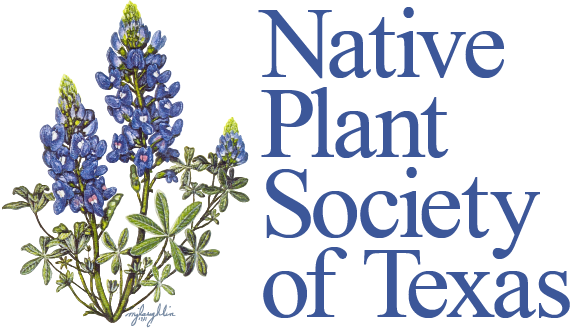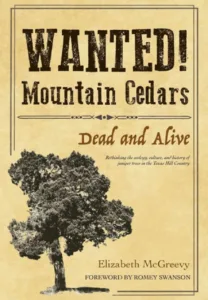This book tells the story of Mountain Cedar trees that grow in the Texas Hill Country. Over the last 100 years, these trees have been characterized as non-native, water-hogging, grass-killing, toxic, useless species to justify their removal. The result has been a glut of Mountain Cedar tall tales and anti-cedar sentiments.
Inside this ambitious, well-researched book, natural resources planner and ecologist Elizabeth McGreevy presents another perspective of these trees, also known as Ashe Junipers or Blueberry Junipers. While digging into Texas Hill Country politics, history, economics, culture, and ecology, McGreevy tracks down the origins of each tall tale to determine what is true, what is false, and what lies somewhere in between. She also explains why people respected Mountain Cedars before the 1900s, and what events led to the trees’ downfall and the landscape we see today.
Through a series of arguments, this book serves to replace anti-cedar sentiments with a more constructive, less emotional approach to Hill Country land management and a perspective that not all Mountain Cedars are bad.

